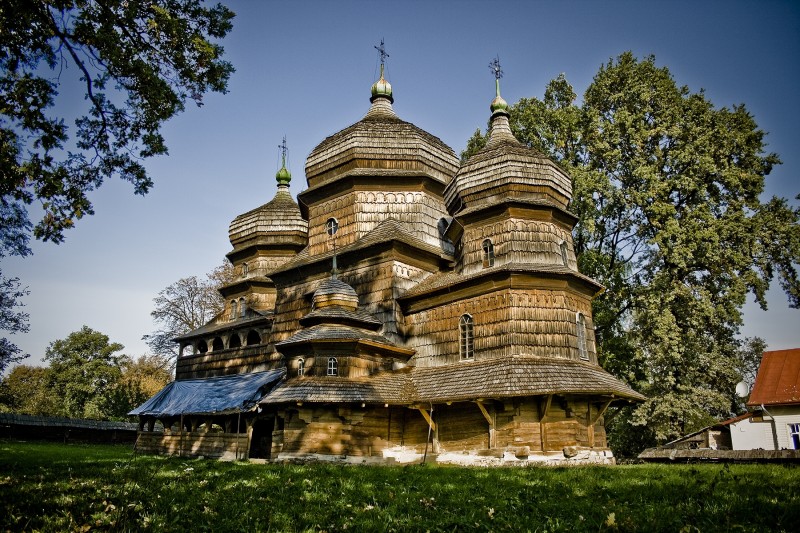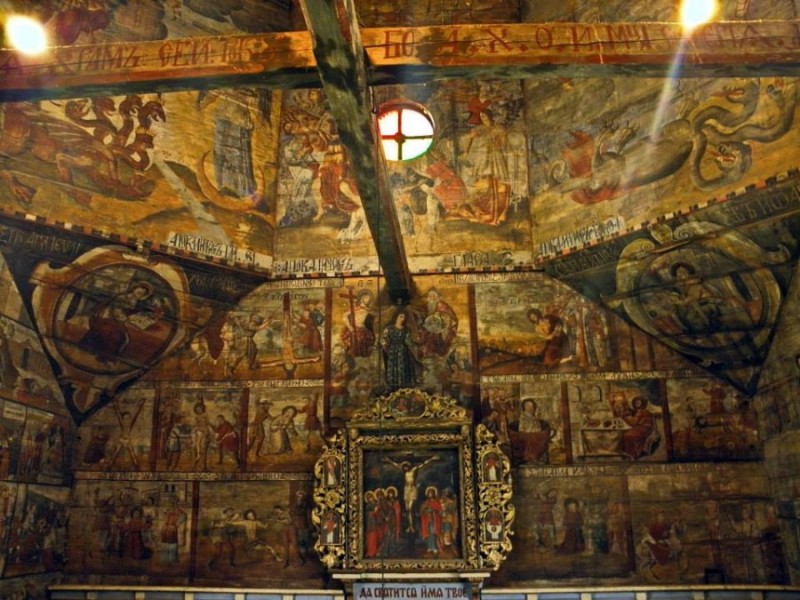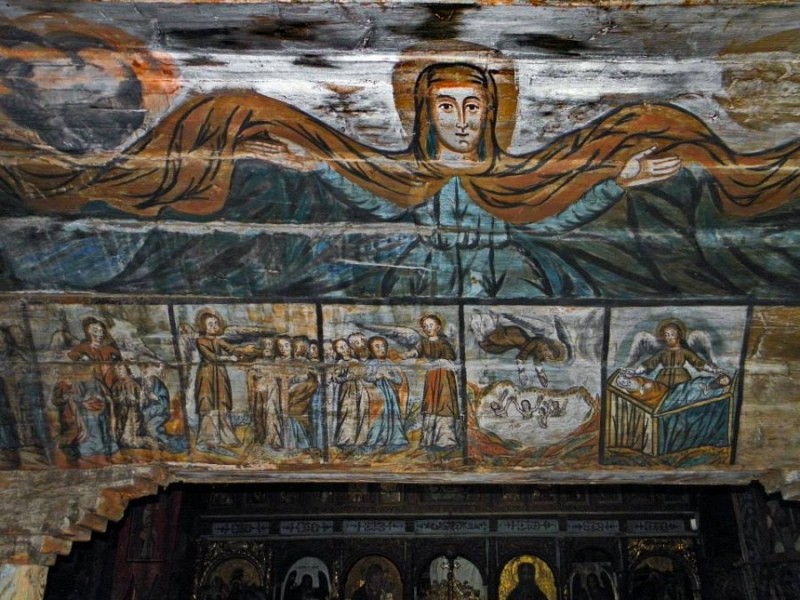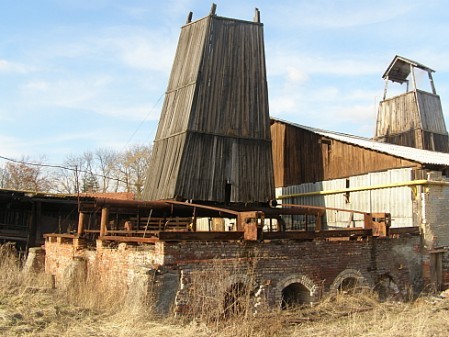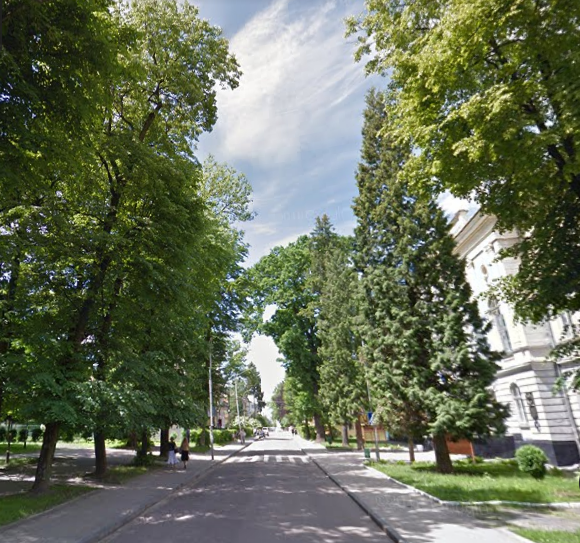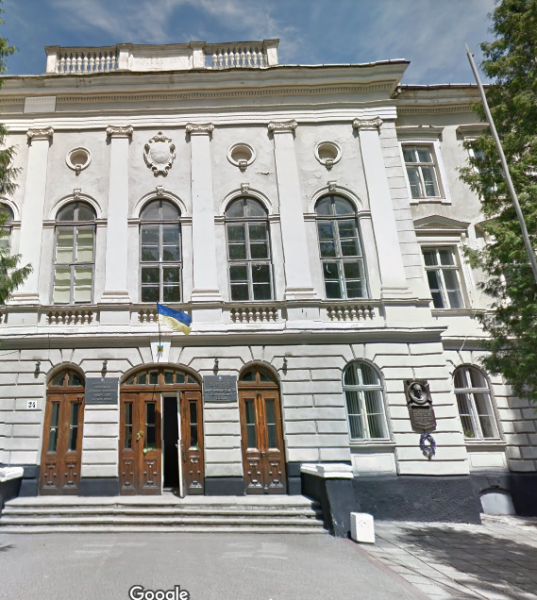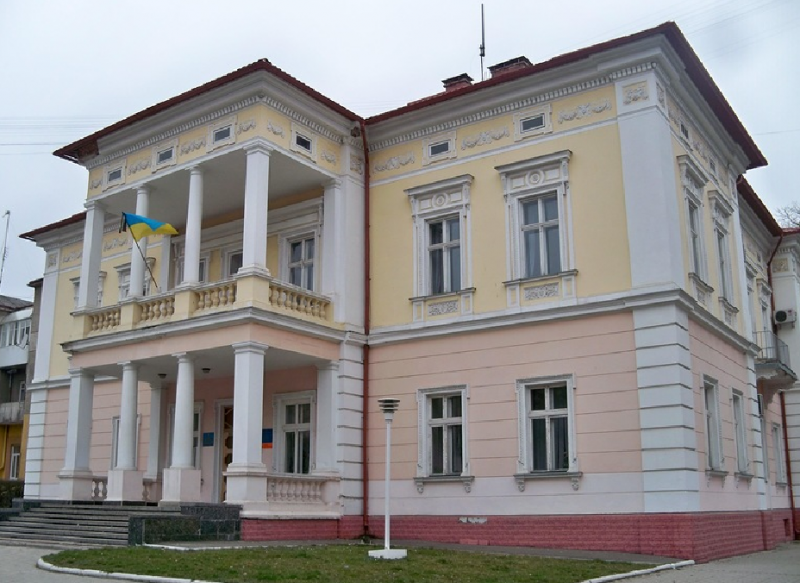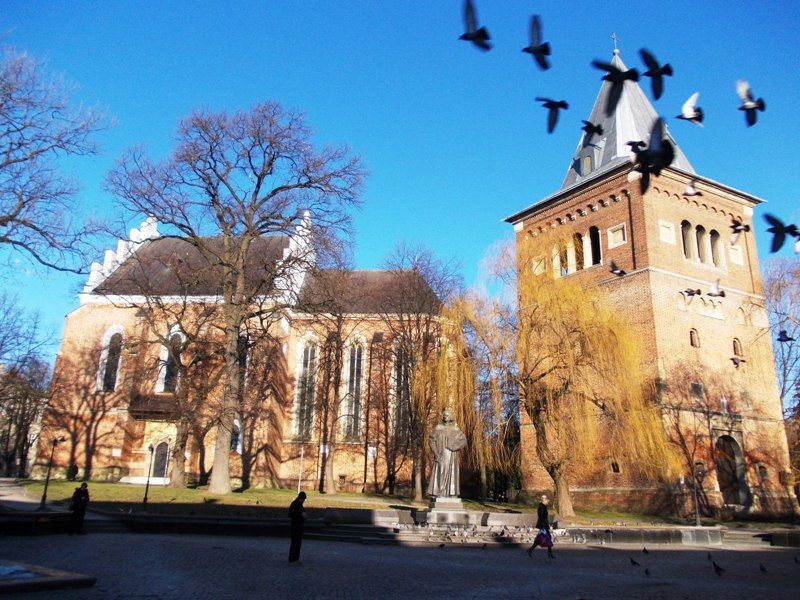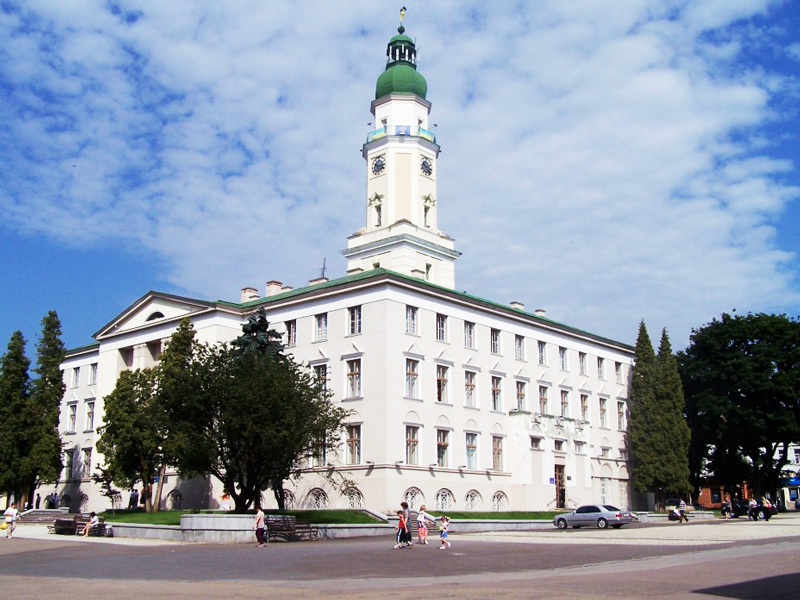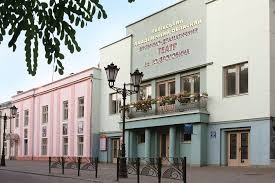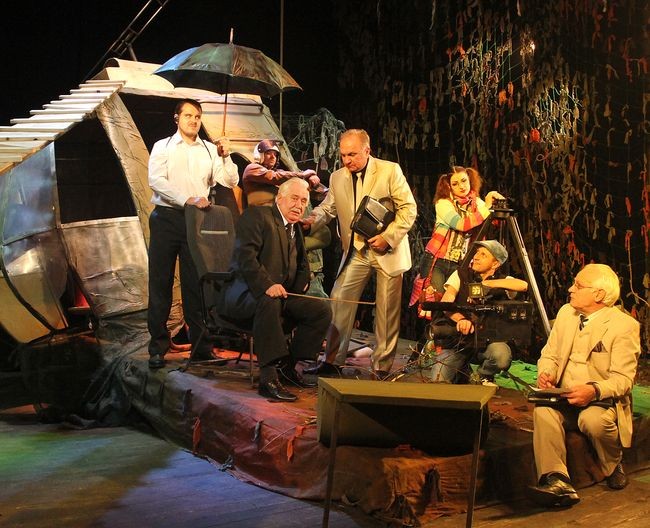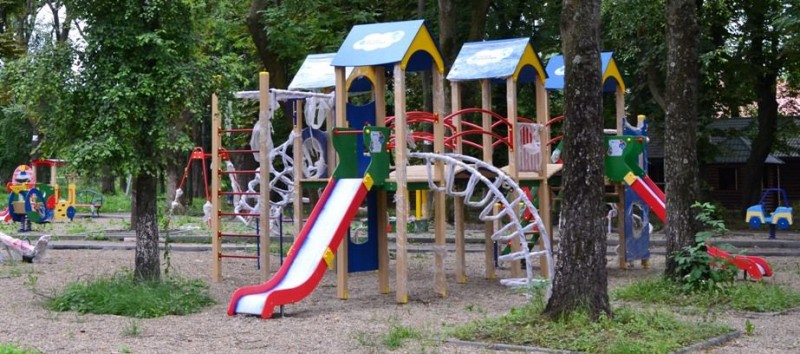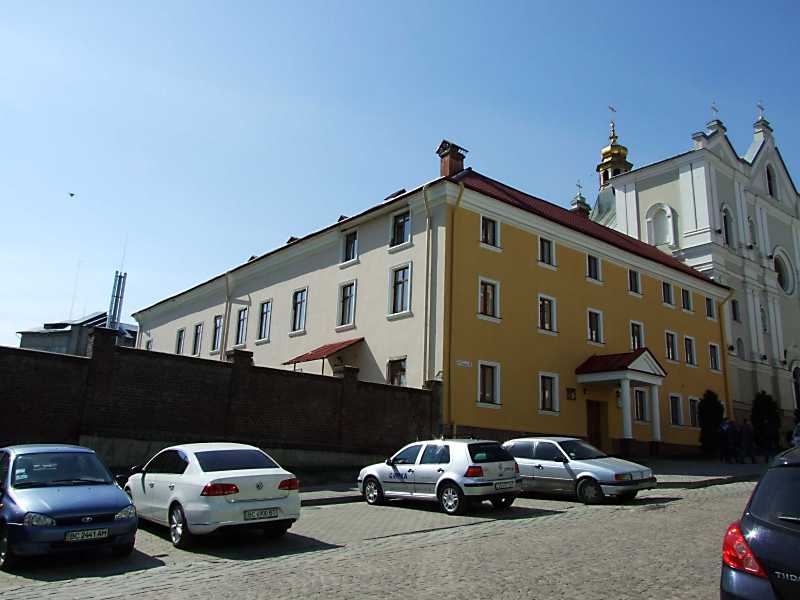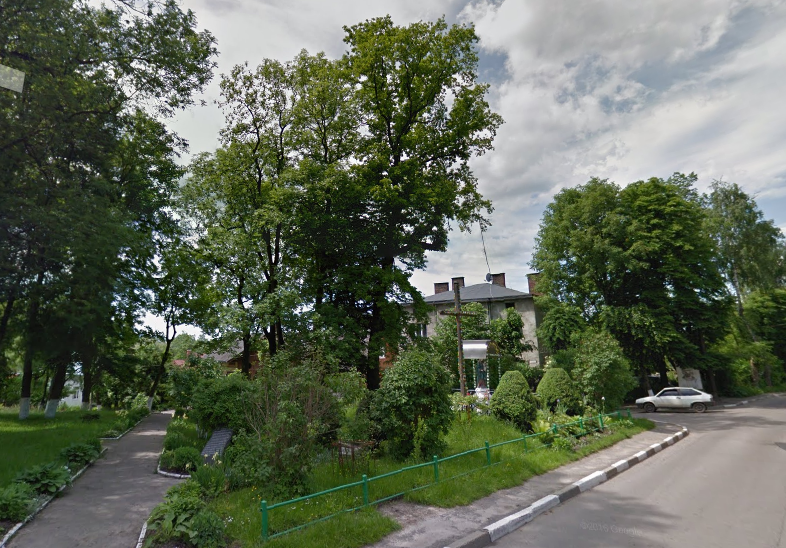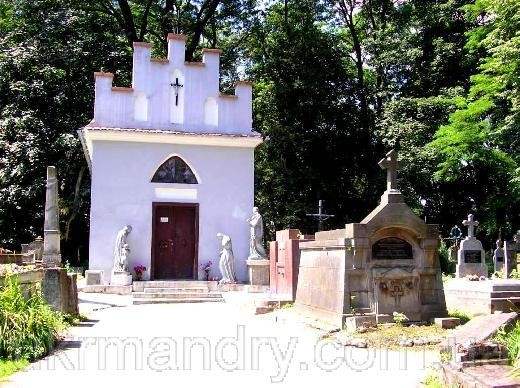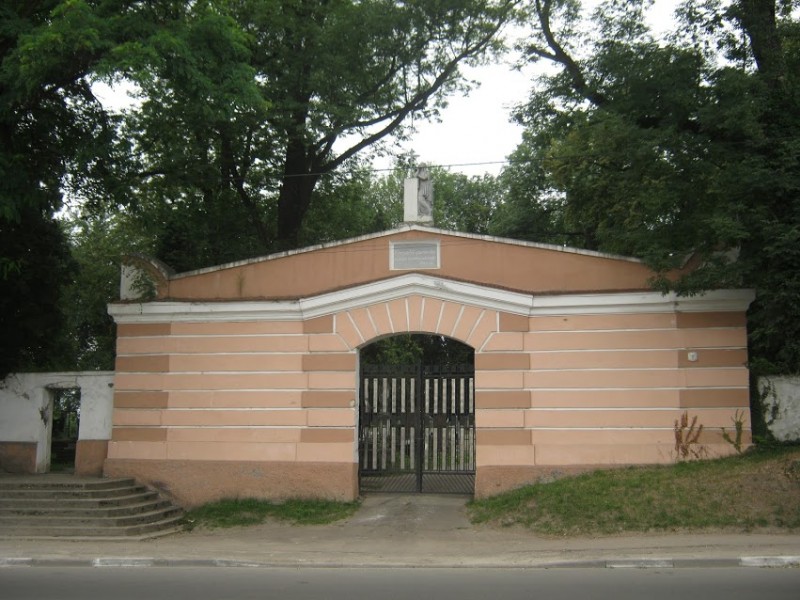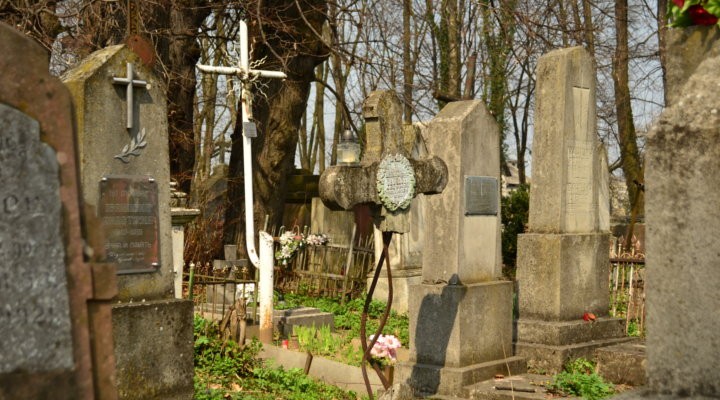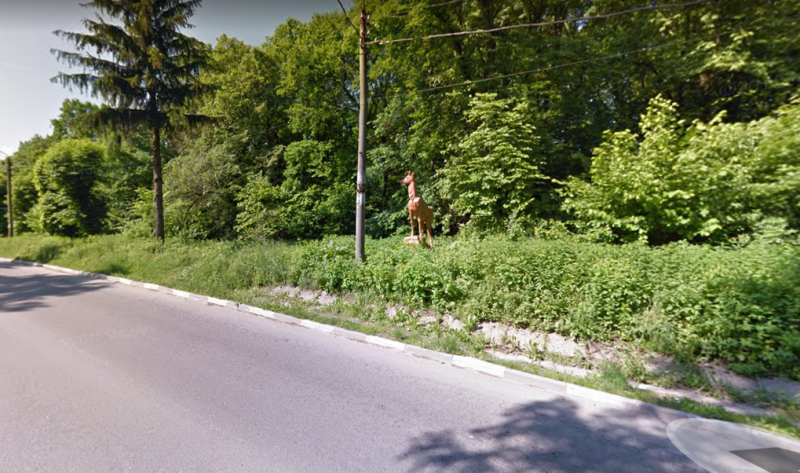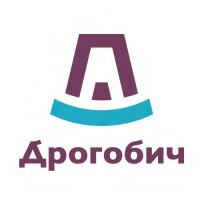
Drohobych is the city of Ivan Franko`s childhood and adolescent years. This sightseeing tour is for those who are genuine aficionados of the creative heritage of this world-famous genius born in the province of Drohobych. During a fascinating and informative promenade, you are about to visit places related to Ivan Franko`s life and activities as well as many other locations. The sightseeing route will reveal prototype locations of the settings in which the author placed the plots and characters of his literary works.
The legend about the foundation and construction of St. Yura’s Church was described and explained by Ivan Franko. He mentioned this church in the verse program «Ukrainian-Ruthenian student summer trip in 1884».
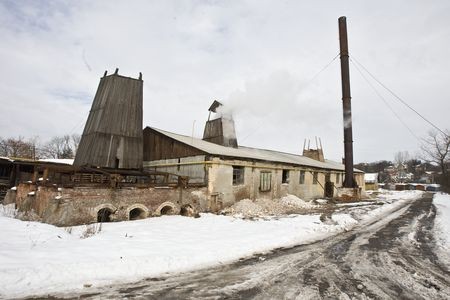
From Drohobych saltworks territory on the 27th of September 1884 I. Franko as one of the organizers began Ukrainian student trip. He mentioned it in the form of a verse in the program ‘Ukrainian-Ruthenian student summer trip in 1884’. Drohobych saltworks factory is mentioned by I. Franko in the drama ‘Stolen Happiness’ and in the story ‘Boa Constrictor’.
From Drohobych saltworks territory on the 27th of September 1884 I. Franko as one of the organizers began Ukrainian student trip. He mentioned it in the form of a verse in the program ‘Ukrainian-Ruthenian student summer trip in 1884’. Drohobych saltworks factory is mentioned by I. Franko in the drama ‘Stolen Happiness’ and in the story ‘Boa Constrictor’.
As it was said during the elections to the Austrian parliament in 1897 on the walls of the bell tower of the church of the Exaltation of the Holy Cross there were false antileaflets against Ivan Franko. The scientist lost the elections getting only 44 votes in Drohobych. Ivan Franko wrote about these elections in the newspaper «Kurjer Lwowskі» the article «Zgromadzenie wyborcze w Drohobyczu» where he described his electoral activity.
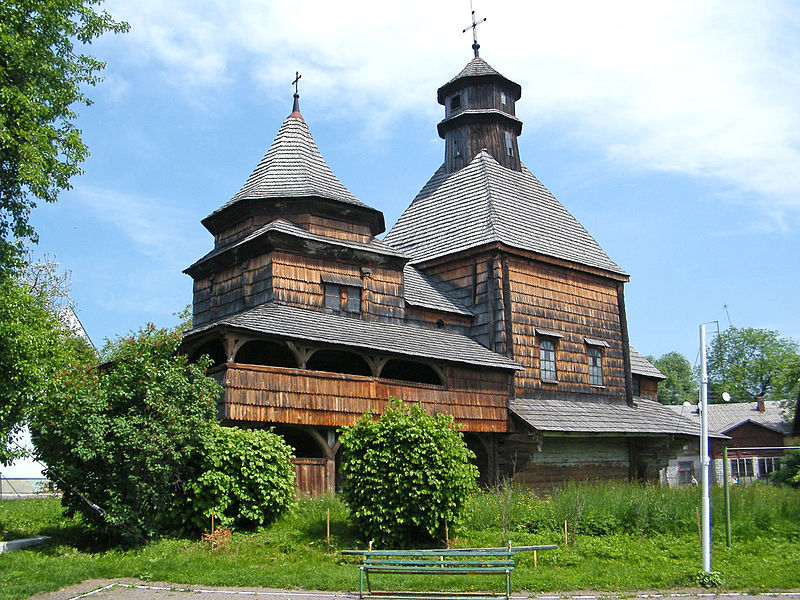
As it was said during the elections to the Austrian parliament in 1897 on the walls of the bell tower of the church of the Exaltation of the Holy Cross there were false antileaflets against Ivan Franko. The scientist lost the elections getting only 44 votes in Drohobych. Ivan Franko wrote about these elections in the newspaper «Kurjer Lwowskі» the article «Zgromadzenie wyborcze w Drohobyczu» where he described his electoral activity.
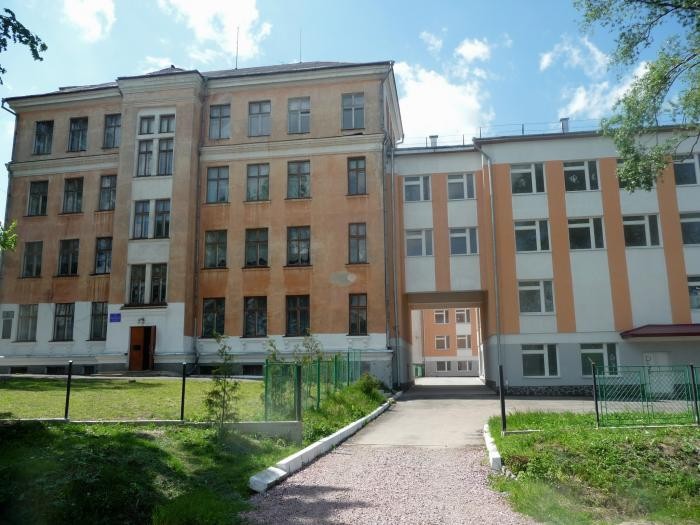
At the time of Ivan Franko in the suburbs of Zvarytska street on the place of present old and new buildings of Drohobych secondary school № 5 there was a great toloka (work together) and students from typical schools and grammar school came here to sing hayivky. I. Franko with his friends used to be there where he recorded folk pearls of Drohobych residents. Most of these songs were included into a three-volume book «Galician-Ruthenian folk sayings».
At the time of Ivan Franko in the suburbs of Zvarytska street on the place of present old and new buildings of Drohobych secondary school № 5 there was a great toloka (work together) and students from typical schools and grammar school came here to sing hayivky. I. Franko with his friends used to be there where he recorded folk pearls of Drohobych residents. Most of these songs were included into a three-volume book «Galician-Ruthenian folk sayings».
It is previous Lishnanska street. The name Ivan Franko was conferred to it in 1926 on the occasion of the 10th anniversary of the death of the great Ukrainian writer.
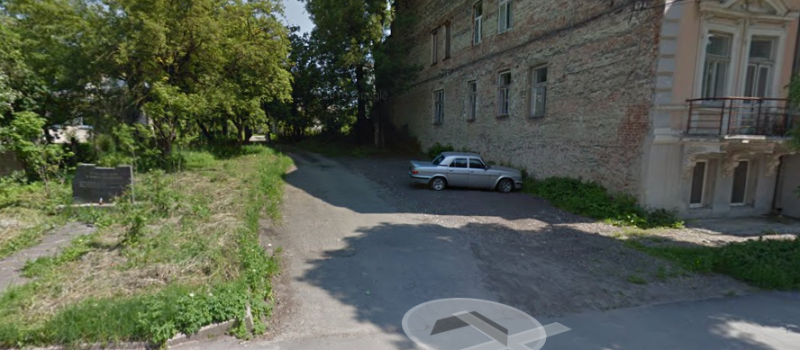
In the Kossaks’ house (Hryhoryi Kossak was born here) Ivan Franko often met with Atanas Melnyk from Volya Yakubova who belonged to the «socialist peasants» and was an ardent supporter and Ivan Franko’s friend. Ivan Franko’s brother Onufryi learnt blacksmithing from Yosyp Kossak.
In the Kossaks’ house (Hryhoryi Kossak was born here) Ivan Franko often met with Atanas Melnyk from Volya Yakubova who belonged to the «socialist peasants» and was an ardent supporter and Ivan Franko’s friend. Ivan Franko’s brother Onufryi learnt blacksmithing from Yosyp Kossak.
In September 1936 on the occasion of the 80th anniversary of the birth and the 20th anniversary of the death of Franko on the facade of the building from Snizhna street a memorial plaque with the words «To the Great son of Ukraine Ivan Franko – Drohobych land» was established. It was Drohobych Ukrainian grammar school named after Ivan Franko during 1918 – 1944 but now it is Drohobych school №1 named after Ivan Franko.
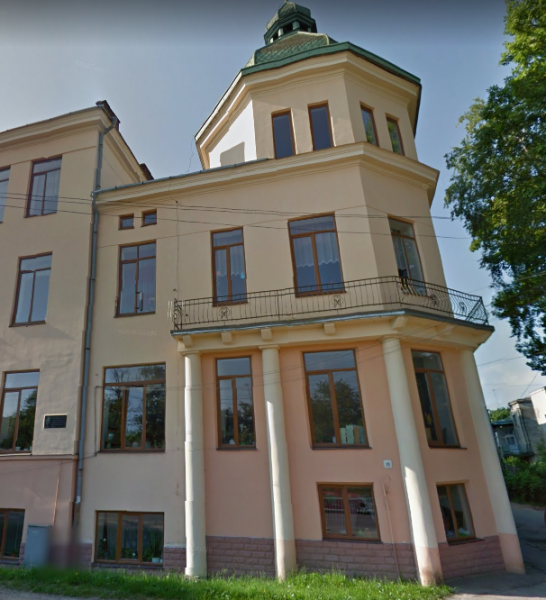
In September 1936 on the occasion of the 80th anniversary of the birth and the 20th anniversary of the death of Franko on the facade of the building from Snizhna street a memorial plaque with the words «To the Great son of Ukraine Ivan Franko – Drohobych land» was established. It was Drohobych Ukrainian grammar school named after Ivan Franko during 1918 – 1944 but now it is Drohobych school №1 named after Ivan Franko.
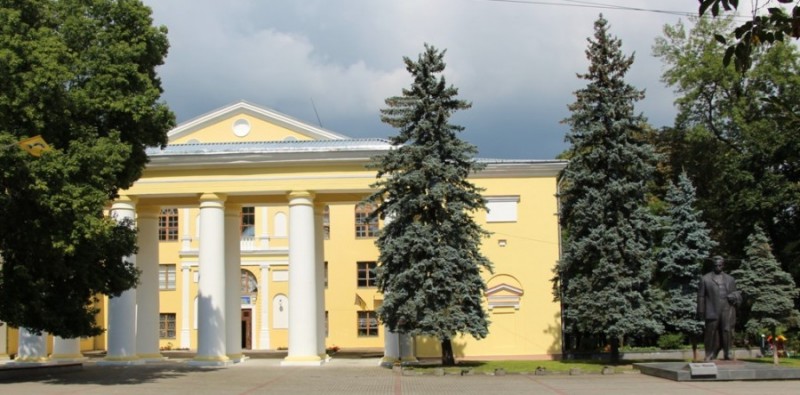
This house received the name Ivan Franko in 1981. The monument to the scientist was unveiled near the house in October 1966. The authors of the monument were sculptors such as Chaika, Mysko and Odrekhivsky. Guests of the opening ceremony were: Oles Honchar, Pavlo Zahrebelnyi, Ivan Le, Iryna Vilde, Petro Panch and others.
This house received the name Ivan Franko in 1981. The monument to the scientist was unveiled near the house in October 1966. The authors of the monument were sculptors such as Chaika, Mysko and Odrekhivsky. Guests of the opening ceremony were: Oles Honchar, Pavlo Zahrebelnyi, Ivan Le, Iryna Vilde, Petro Panch and others.
Franko’s name was awarded to the university in 1954 when it was a pedagogical institute.
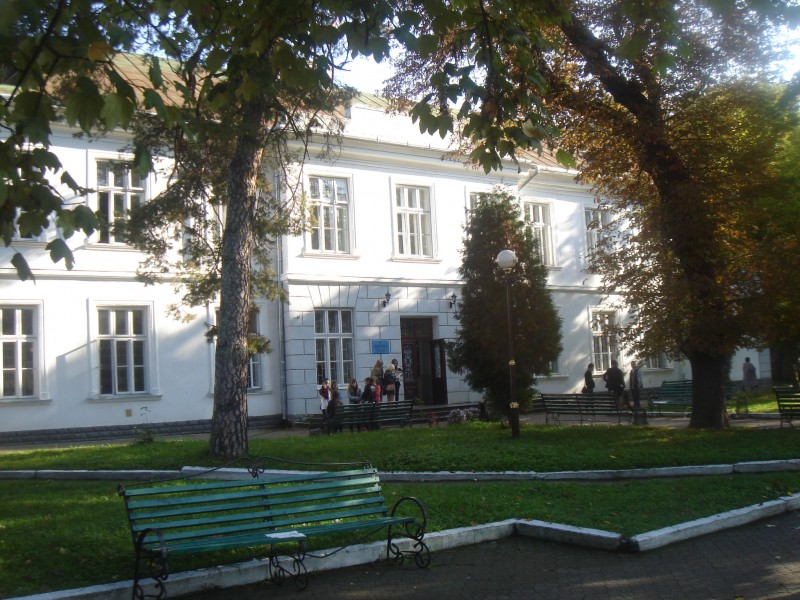
It is the building of previous Drogobych grammar school named after Franz Joseph where Ivan Franko studied during 1867 – 1875. Ivan Franko wrote about this school and his studying there in such works as [«Posts about Drohobych grammar school»], «Pupils’ library in Drohobych», «Recollections from my grammar school times», «Mustard seed» and in the introduction to «Rutentsi». A memorial plaque with basrelief was established on the house in 1979.
It is the building of previous Drogobych grammar school named after Franz Joseph where Ivan Franko studied during 1867 – 1875. Ivan Franko wrote about this school and his studying there in such works as [«Posts about Drohobych grammar school»], «Pupils’ library in Drohobych», «Recollections from my grammar school times», «Mustard seed» and in the introduction to «Rutentsi». A memorial plaque with basrelief was established on the house in 1979.
Here, in the former premises of Drohobych council, there was a prison where Franko spent one day when he was sent from Kolomna to Nahuyevychi during the second arrest in June 1880. This Drohobych prison «pit» was described by Franko in the novel «On the bottom» and in the memories «How it happened?».

Here, in the former premises of Drohobych council, there was a prison where Franko spent one day when he was sent from Kolomna to Nahuyevychi during the second arrest in June 1880. This Drohobych prison «pit» was described by Franko in the novel «On the bottom» and in the memories «How it happened?».
The cathedral of St. Varfolomiy is a Catholic church in Drohobych. Franko mentioned it in the poetic work «Praise Drohobycha», in sketches «In carpentry» and the novel «Borystav laughs» and others.
On this place there was a gym where in June 1911 the Austrian authorities committed a bloody fight on voters (on June 19, 1911 there were «bloody elections» to the Austrian Parliament (second and third rounds of the elections were appointed respectively for 26 June and 3 July), and on February 1, 1912 with the assistance of V. Ratalskyi Franko read his poem «Moses» here.
On this place there was a gym where in June 1911 the Austrian authorities committed a bloody fight on voters (on June 19, 1911 there were «bloody elections» to the Austrian Parliament (second and third rounds of the elections were appointed respectively for 26 June and 3 July), and on February 1, 1912 with the assistance of V. Ratalskyi Franko read his poem «Moses» here.
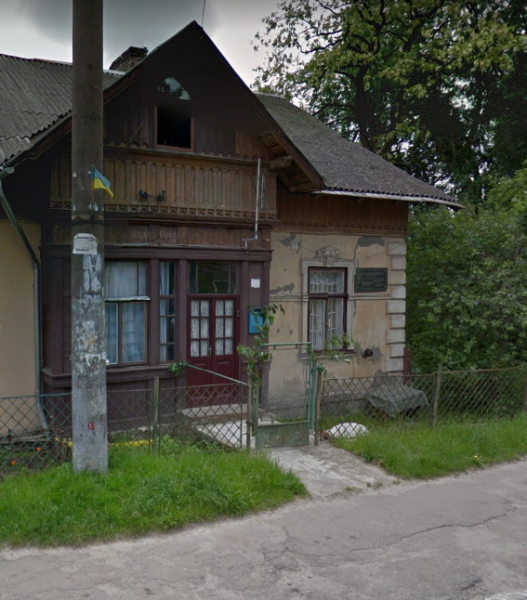
Volodymyr Kobryn is a famous Drohobych lawyer, a friend of Ivan Franko’s who translated the poem «Moses» into Polish. Their epistolary heritage testifies about friendly relations between I. Franko and V. Kobryn
Volodymyr Kobryn is a famous Drohobych lawyer, a friend of Ivan Franko’s who translated the poem «Moses» into Polish. Their epistolary heritage testifies about friendly relations between I. Franko and V. Kobryn
On the cemetery in Hrushevskyi street, there is the tomb of Ivan Julian Nimylovych (1839 – 1909) who for more than 20 years had been the director of Drohobych Basilian Fathers normal school, had been the abbot of the monastery OSBM in Drohobych. He was a priest in the Church of the Holy Trinity, actively engaged in spiritual, educational and museum business. He concerned about cultural development and prosperity of the city. Nimylovych was one of the most favourite teachers of Ivan Franko during his studying at Drohobych normal school of the Basilian Fathers during 1864 – 1867. During his last visit to Drohobych in February 1912 Franko honoured the grave of his teacher.
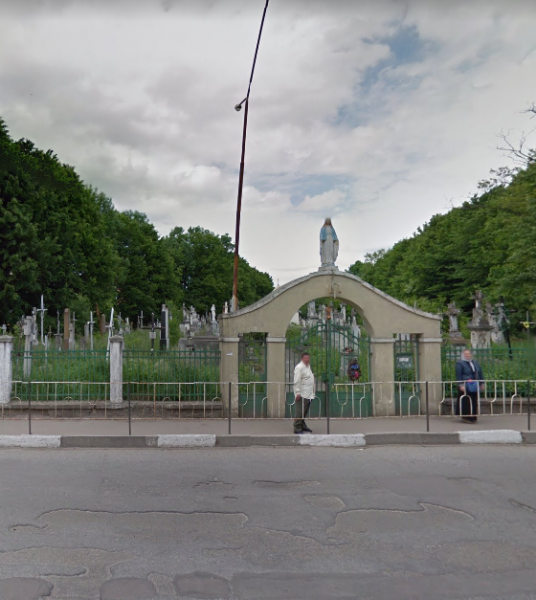
On the cemetery in Hrushevskyi street, there is the tomb of Ivan Julian Nimylovych (1839 – 1909) who for more than 20 years had been the director of Drohobych Basilian Fathers normal school, had been the abbot of the monastery OSBM in Drohobych. He was a priest in the Church of the Holy Trinity, actively engaged in spiritual, educational and museum business. He concerned about cultural development and prosperity of the city. Nimylovych was one of the most favourite teachers of Ivan Franko during his studying at Drohobych normal school of the Basilian Fathers during 1864 – 1867. During his last visit to Drohobych in February 1912 Franko honoured the grave of his teacher.
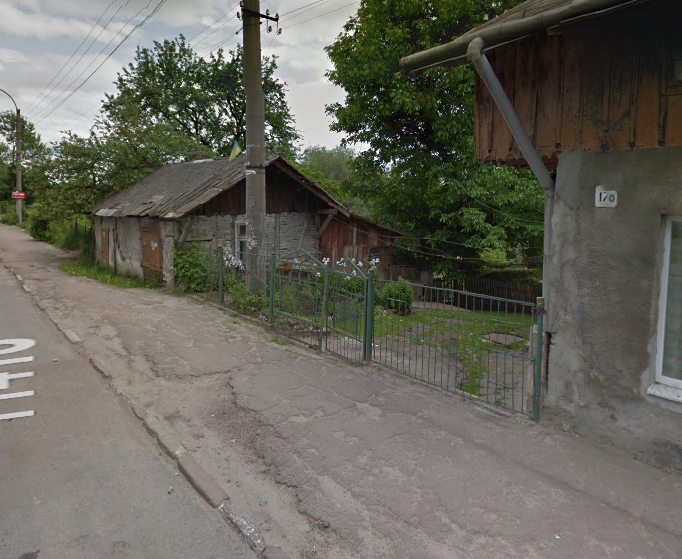
In the smithy of Mykhailо Moroz Yakiv Franko acquired the basics of blacksmithing (Ivan Franko together with his father was here during the studying in Drohobych Basilian school).
In the smithy of Mykhailо Moroz Yakiv Franko acquired the basics of blacksmithing (Ivan Franko together with his father was here during the studying in Drohobych Basilian school).
Franko mentioned Drohobych railway in his correspondence with Drohobych dwellers and in sketches «Mustard seed» and in the article «The factory of paraffin and ceresin in Drohobych».
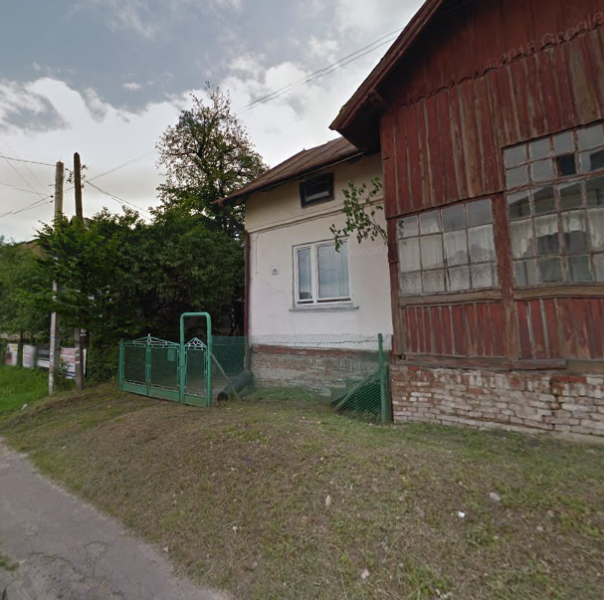
Ivan Kobyletskyi (1873–1945) was a lawyer, social and political activist. He worked as a lawyer in Drohobych. At the same time he was engaged in active social work, he also organized Ukrainian workers’ groups, people’s reading. He corresponded and made friends with Ivan Franko. Іn 1926 on the occasion of the 10th anniversary of Ivan Franko’s death he and his supporters petitioned to the town council to rename one of the streets in honour of I. Franko. This year Lishnyanska street was named after Ivan Franko.
Ivan Kobyletskyi (1873–1945) was a lawyer, social and political activist. He worked as a lawyer in Drohobych. At the same time he was engaged in active social work, he also organized Ukrainian workers’ groups, people’s reading. He corresponded and made friends with Ivan Franko. Іn 1926 on the occasion of the 10th anniversary of Ivan Franko’s death he and his supporters petitioned to the town council to rename one of the streets in honour of I. Franko. This year Lishnyanska street was named after Ivan Franko.
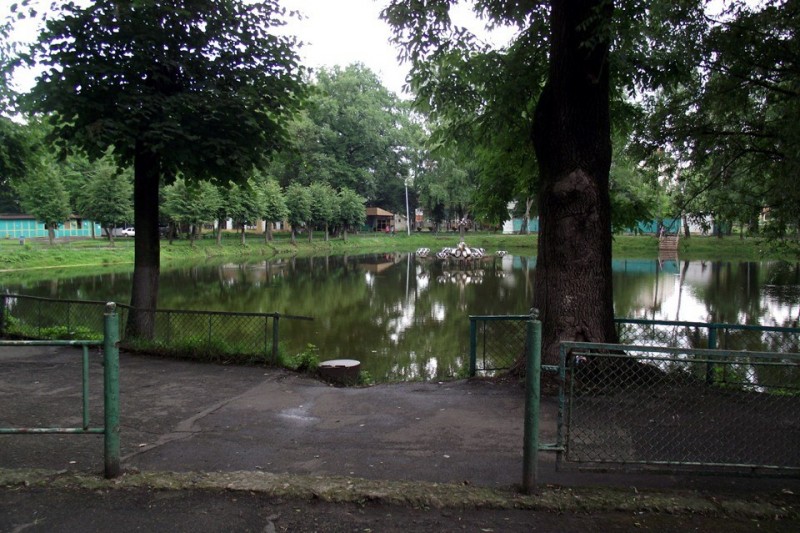
Franko depicted local way of life in his works of small prose ‘Rutentsi’, ‘U stolyarni’ (‘In carpentry’), the novel ‘Perekhresni stezhky’ (‘Cross paths’).
Franko depicted local way of life in his works of small prose ‘Rutentsi’, ‘U stolyarni’ (‘In carpentry’), the novel ‘Perekhresni stezhky’ (‘Cross paths’).
Being in Drohobych on February 2, 1912 after reading the poem «Moses» Ivan Franko at the invitation of Basilian fathers visited the Church of the Holy Trinity where on the same day he found a manuscript. Having studied it, he published the work: ‘Drohobytska sluzhebna mineya z roku 1563′. Holy Trinity Church was mentioned by I.Franko in his works ‘U stolyarni’ (‘In carpentry’), ‘Rutenytsi’, ‘Perekhresni stezhky’ (‘Сross Рaths’).
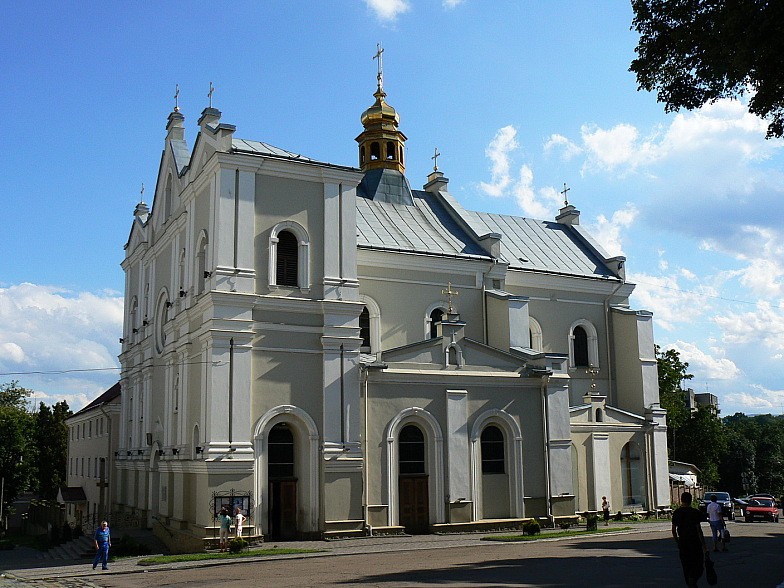
Being in Drohobych on February 2, 1912 after reading the poem «Moses» Ivan Franko at the invitation of Basilian fathers visited the Church of the Holy Trinity where on the same day he found a manuscript. Having studied it, he published the work: ‘Drohobytska sluzhebna mineya z roku 1563′. Holy Trinity Church was mentioned by I.Franko in his works ‘U stolyarni’ (‘In carpentry’), ‘Rutenytsi’, ‘Perekhresni stezhky’ (‘Сross Рaths’).
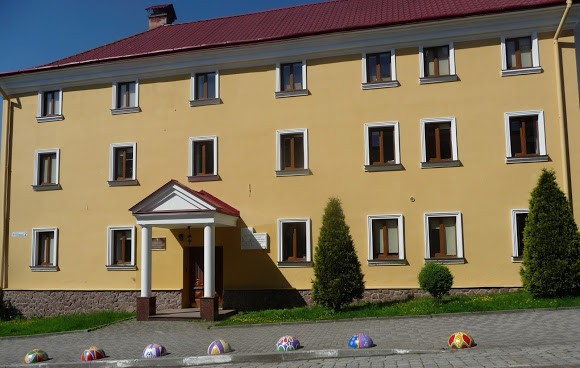
Ivan Franko studied in this building of the former Normal School of Basilian Fathers during 1864 – 1867 This outlined period was highlighted by I. Franko in two stories ‘Оtets-humoryst’ (‘Father–humorist’) and ‘Schönschreiben’.
Ivan Franko studied in this building of the former Normal School of Basilian Fathers during 1864 – 1867 This outlined period was highlighted by I. Franko in two stories ‘Оtets-humoryst’ (‘Father–humorist’) and ‘Schönschreiben’.
Vasyl Stefanyk is a Ukrainian writer who studied at Drohobych grammar school during 1890 – 1892. He was Ivan Franko’ good friend, he often visited him.

66 letters addressed to Ivan Franko from Drogobych mailbox are known. Ivan Franko also sent his letters which were written in Drogobych from this post.
66 letters addressed to Ivan Franko from Drogobych mailbox are known. Ivan Franko also sent his letters which were written in Drogobych from this post.
It was the second permanent Ivan Franko’s dwelling during his studying at Drohobych grammar school named after Franz Josef. I. Franko mentioned it in the story ‘Hirchychne zerno’ (‘Mustard seed’) and others.
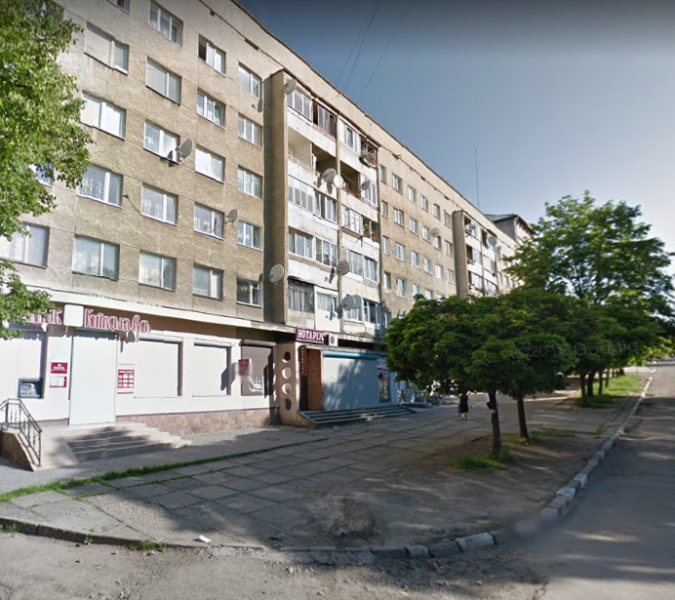
There was a temporary Ivan Franko’s accommodation during his study at Drohobych normal school. Semen Vityk and others mention this fact in their memories.
There was a temporary Ivan Franko’s accommodation during his study at Drohobych normal school. Semen Vityk and others mention this fact in their memories.
This was the first permanent Franko’s residence during his studying at Drohobych normal school. I. Franko told about his way of life in the essay «U stolyarni» (‘In carpentry’) etc.
This was the first permanent Franko’s residence during his studying at Drohobych normal school. I. Franko told about his way of life in the essay «U stolyarni» (‘In carpentry’) etc.
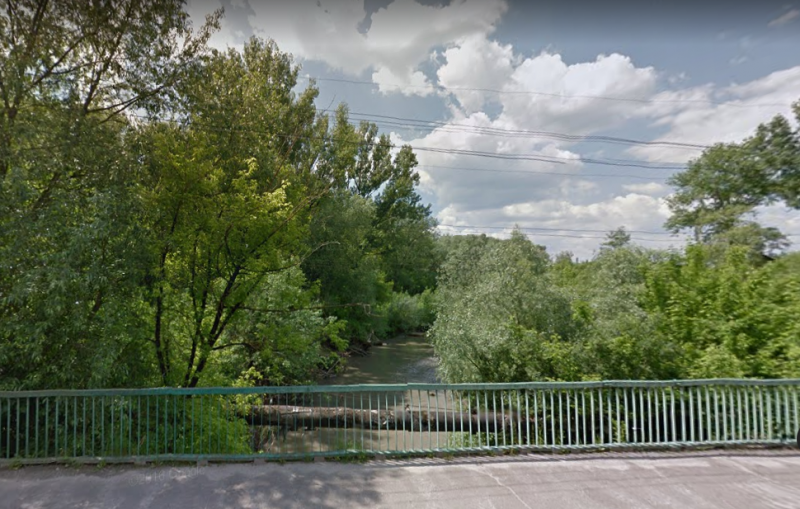
In this river during the studying in Drohobych grammar school named after Franz Joseph Ivan Franko together with friends Paslavskyi and Savula bathed and caught fish in a sieve. The Tysmenytsya river was mentioned in his numerous works of different genres.
In this river during the studying in Drohobych grammar school named after Franz Joseph Ivan Franko together with friends Paslavskyi and Savula bathed and caught fish in a sieve. The Tysmenytsya river was mentioned in his numerous works of different genres.
Edmund Leon Ostoya Soletskyi is a little-known architect, engineer, translator, ethnographer and editor, a friend of Ivan Franko’s. Their epistolary heritage testifies about Franko’s friendly ties with. E. L. Soletskyi

In his article ‘The factory of paraffin and ceresin in Drohobych’ Ivan Franko reflected poor socio-economic situation of the factory proletariat of Drohobych. During the publication of this article (1881 newspaper «Praca») by Franko it was the first oil refinery plant of the share company ‘Altman and Hotlib’.
In his article ‘The factory of paraffin and ceresin in Drohobych’ Ivan Franko reflected poor socio-economic situation of the factory proletariat of Drohobych. During the publication of this article (1881 newspaper «Praca») by Franko it was the first oil refinery plant of the share company ‘Altman and Hotlib’.
In the woods on the outskirts of Drohobych, the so-called Hirka, Franko with his friends gathered mushrooms which was described in details in the preface to the story «Rutentsi».
